Monday 03.24.14
Food Chain
Slava Mogutin releases his first book of writings in English.
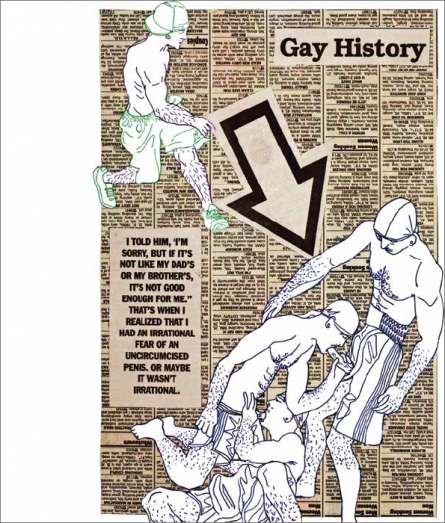
When we first laid eyes on the cover for Slava Mogutin’s new book, Food Chain, a laundry list of kinks came to mind. “The cover image is a black hole that will suck you in,” the artist says of the provocative image, which centers a hogtied man amidst an ornate, black doily. “Or a platter ready to be consumed.” The cover is a collage of an image the artist captured in the early days of his work as a photographer, originally running as part of a bondage fashion story. The history of the image seems particularly apt for Food Chain then, the artist’s first published book in English. “I thought it was a good visual representation of my writings, which offer an insider look into the worlds of fashion, porn, and art,” he tells us, “with everything else in between.”
Officially declared the “bastard child of Mayakovsky and Helmut Newton” by none other than Bruce LaBruce, Slava’s work has long been challenging, sexy, and political, often within the same breath. Although he’s already had two monographs of photography published in the US and seven books of assorted writings in Russia, it wasn’t until Chris Stoddard of Brooklyn-based ITNA Press approached him about a book that he began to compile the blend of memoir, political satire, and magic realism that became Food Chain. Slava told us he’s most excited for his recent essays, previously only published in Russian, to find English-speaking audiences. …

Tuesday 02.25.14
Queer Zines 2
A provocative follow-up to Queer Zines 1.
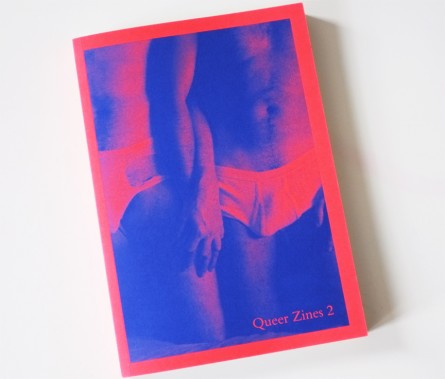
Printed Matter just released Queer Zines 2, a follow-up to the first volume (Queer Zines, Vol. 1). This second edition features a brand new selection of self-published work and over a dozen new essays, “with comprehensive bibliographies of more than 120 titles…,” containing writing by Bruce LaBruce, Edie Fake, K8 Hardy, Scott Treleaven, and many more. The graphic, fresh and provocative publication includes “both an expanded focus on overlooked ‘historical’ publications dating from the early 70s onward, as well as extensive entries charting a new generation of queer zinesters…” After closer inspection I was happy to find the publication easy to navigate and filled with striking and inspiring images with a common thread of rebellion.
To coincide with the launch of Queer Zines 2, they have created an elegant cardboard two volume boxed set with a screen printed slipcase. So, basically you get the first and second volume together in one box. These two publications have been “published in relation to the exhibition Queer Zines, presented in ‘The Temptation of AA Bronson’ at Witte de With Centre for Contemporary Art, Rotterdam, 2013, and then at Printed Matter’s LA Art Book Fair in January 2014.”
If the smell of paper excites you as much as it does me, you’ll be excited to have a copy in your hands. Lets keep print alive. To purchase, click here.
…

Monday 02.17.14
Gay Propaganda
A new book of Russian love stories
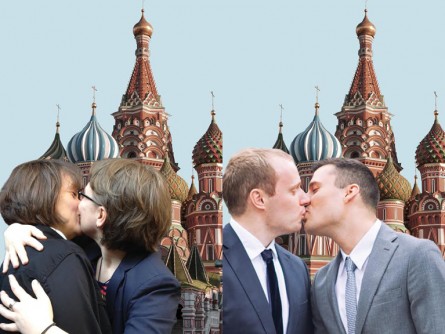
Ok, full disclosure: I am totally obsessed with the press storm surrounding the Sochi Olympics. Sure, we may have our own set of LGBTQI issues stateside that still need a ton of work, but it pales in comparison to the severe anti-gay legislation happening in Russia. So anything, even the Olympic games, encouraging the global media to hone in on and question Russia’s laws has been pretty gratifying to watch and examine. While there’s already been a wealth of essays, music videos, and artist collaborations drawing attention to these human rights issues thus far, none have been quite as poignant as Gay Propaganda, a new book of Russian love stories compiled and edited by Joseph Huff-Hannon and Masha Gessen.
The book plays on the Russian law passed last summer that prohibits the spread of “gay propaganda” — literally anything that advocates, presents, or portrays homosexuality to Russian children. The book is comprised of a “collection of interviews and first person testimonials from gay and lesbian Russians, with a focus on their romantic lives,” opening an intimate window into the struggles of Russian men and women dealing with government-supported homophobia. It’s a refreshing, human take on the very real impact these laws have made in people’s lives so far, the consequences of which can never be reiterated enough.
Gay Propaganda can be ordered through OR Books now. …

Monday 10.21.13
Think: Punk Rock Is Gaysploitation
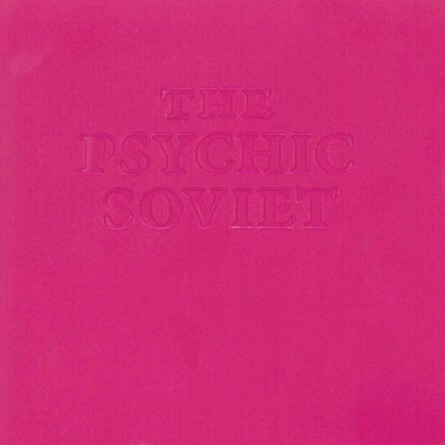
Recently I read a book by one of my absolute favorite people on the planet, Ian Svenonius (musician, writer, cult hero, actor, comedian and pseudo-politician). I mentioned him in my interview with 2Pretty. The book is titled The Psychic Soviet, it’s an anthology of 19 essays that explore and discuss everything from politics to real estate, from Seinfeld to Hitler…but check this out — all of these cultural structures are viewed through the vehicle of rock ‘n’ roll. That’s right, this book views the world in its entirety through the lens of North America’s greatest global cultural contribution…did you think it was capitalism?
The particular essay that I would like to shed light on today is titled Camp Exploitation.
Now — many people know that there is a school of thought that projects the idea that white people really shouldn’t have stolen blues from black culture (same thing could be said for jazz) and turned it into rock ‘n’ roll. Svenonius did point out that most of the people who “bleat for the crucifixion of the “racist” rip-off artists” go to hyper-liberal schools like Wesleyan or Vassar for example. So it’s relatively fair to say that rock ‘n’ roll, as we know it, was generated by Blaxploitation.
“Punk, though, didn’t come from nowhere fully formed. Rather it was lifted directly from another exoticized sector: “gay” or “queer” culture.”
The New York Dolls are hailed as one the crucial bands in the development of the punk rock sound and attitude, as is Suicide, as is Patti Smith and of course we can’t forget The Sex Pistols or The Ramones. …

Tuesday 10.01.13
At home with Felix Burrichter
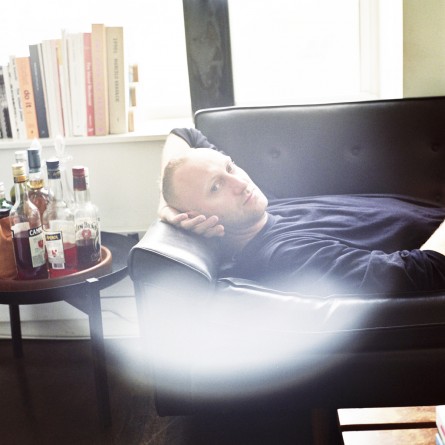
We recently visited Felix Burrichter‘s place in the Lower East Side of Manhattan. Felix is the creator of PIN-UP which he describes as “a magazine for architectural entertainment.” We had a chance to take some pictures of Felix while he was packing to go to Europe. We chatted about all sorts of things from ugly buildings, to alcohol, to Brazilian men to his brand new book PIN-UP Interviews (published by PowerHouse Books).
Where were you born? Düsseldorf, Germany.
Did you study architecture? Yes. First in Paris at ESA, then at Columbia University in New York.
How was PIN–UP born? After graduating from Columbia I was working at a corporate New York architecture firm. I was miserable drawing curtain walls for large casinos in Macau. In order to keep myself entertained I started thinking about what the ideal architecture magazine would look like, with its most voracious reader being me.
Why do you define the magazine as “architectural entertainment”? I chose “architectural entertainment” as PIN–UP’s subtitle as a way to differentiate it from most other, “serious” architecture trade magazines, with whom PIN–UP never set out to compete. If anything I like to think of PIN–UP as a guilty pleasure for architects, and as the initiation drug for those who never thought they’d be interested in it.
On wall: “Erotic Decorative Objects” by Dean Sameshima.
Do you get lots of free furniture? No.
You used to also edit BUTT magazine. What was the transition to creating a magazine about architecture like? …

Wednesday 09.11.13
An LGBTQ Bookstore Needs Your Help!
The BGSQD is 2 days away from raising their Indiegogo goal

The Bureau of General Services – Queer Division is a queer cultural center, bookstore, and event space, founded in 2012 by Greg Newton (pictured left) and Donnie Jochum (right). For the past 9 months, BGSQD has occupied the Strange Loop Gallery on Orchard Street. Their time there is now up, and they are seeking funds to secure a permanent site with a cafe. Their goal is to raise $50K by September 13th with crowd-funding campaign via Indiegogo. Last week, we spoke with the co-founders about sex toys and short stories, the past year on Orchard Street, and what this space means for queer New York.
How did you two get to know each other, and how did BGSQD happen?
Greg Newton: Well let’s just say it. Should we say it?
Donnie Jochum: We met online. We’ve been together now for 2 years and 3 months. About a year and half ago we started talking about this space. We were walking around the city, and we realized there was no gay bookstore, and the conversation just kind of started.
What were the main LGBT bookstores before they closed?
Greg: Oscar Wilde was a very small LGBT bookstore on Christopher Street. It was there for 43 years and very good for the West Village and fit the neighborhood. And then there was A Different Light, which was much larger and part of a chain, which moved to Chelsea.
Donnie: A Different Light was massive and much more in tune with the Chelsea community — it was big and brash. …

Thursday 08.29.13
Deflowered: Judy Chicago
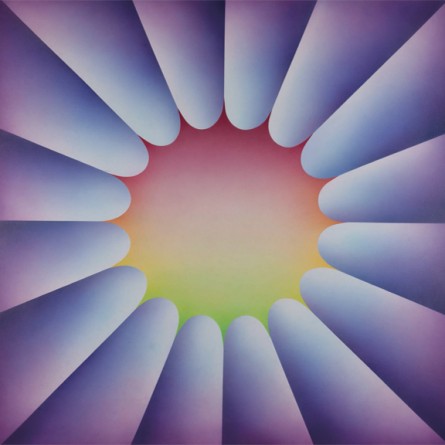
Judy Chicago‘s recently published book Deflowered commemorates an exhibition of the same name at Nye + Brown in Los Angeles that focused on her early (1961-1973) drawings, paintings and sculptures. The book is both an insightful overview of the multiorgasmic (see the interview with Lucy Lippard reprinted in the book for more on that) feminist icon’s early career as well as an objet d’art in its own right.
The book, like the exhibition, concerns itself with Chicago’s earlier work, more minimalist and abstract but still vivaciously teeming with traces of the sexual human body. These series may come as a pleasant surprise to those more familiar with higher profile works like The Dinner Party (which is on long-term display at the Brooklyn Museum‘s Sackler Center for Feminist Art, so hop on the 3 train and check it out now if you haven’t already!).
The book itself is strikingly beautiful, featuring a brilliant tangerine cover overlaid with a translucent and turquoise jacket that envelops the shape and heft of a proper coffee table book. Mine looks radiant next to a bouquet of red and yellow gladioluses in my living room.
Speaking of flowers, Chicago’s yonic motif manifests itself in works ranging from ornate yet precisely painted car hoods to the effusive sprays of colored fire and smoke in the included DVD of several pyrotechnic displays. Early minimalist sculptures of phallic pillars or triangular arrangements of 3 shimmering mounds never veer too far from a commitment to exploring feminism, the body, and the luminous flux of my home state of California’s peculiar atmosphere and light. …

Tuesday 06.11.13
Tom Bianchi’s Island Life
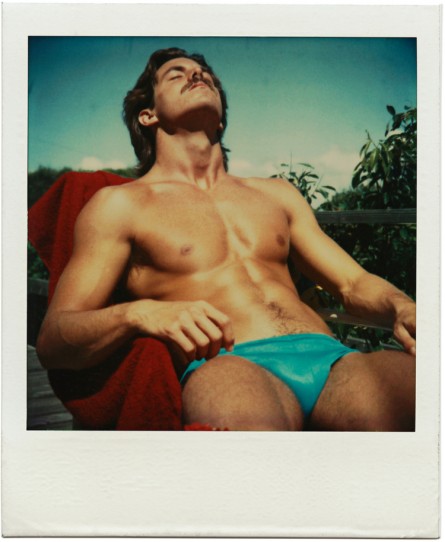
In 2008, I had the chance to interview the gay erotic photographer Tom Bianchi, a gentle-hearted horndog if ever there was one. The occasion was a small show in Palm Springs, where he lives, of a few dozen of the roughly 6,000 Polaroids he took in the Fire Island Pines during the idyllic, hedonistic summers of 1975 through 1983, before AIDS began spoiling the party. I remember Bianchi telling me that of the literally hundreds of men he photographed, half had died. Then he burst into sobs on the phone.
Five years later, it’s gratifying to see that his stunning collection, which languished in shoeboxes for years while he shut away those happy-turned-painful memories, has found its way into a gorgeous book, Tom Bianchi: Fire Island Pines, Polaroids 1975-1983 (Damiani, $50.00). In his long, chatty introduction, full of memories of wild theme parties and midday outdoor orgies, Bianchi notes that Polaroid film confers a “painterly” quality. That is abundantly evident here; the dunes, surf, cedar homes and blue sky of the Pines have never looked more hazily beautiful. Then there are the men — hundreds of them, many of them naked, all with exactly the same aviator glasses, moustaches, tiny red running shorts and lithely muscled late-seventies body. They’re a reminder that as much as the pre-AIDS Pines was a dreamlike haven for a closeted, disliked minority, it served the upper tier of that minority — uniformly slim, white, well-employed and beautiful, at least through Bianchi’s reverential lens. …

Monday 03.11.13
Hustle Rave XXX

We got an email from Charlie Vázquez about a new book of poems he and David Caleb Acevedo (San Juan, PR) have collaborated on about male street hustlers. “These 48 poems take a closer and bolder look at the ages old relationship between older men who seek youthful beauty and the young men that offer it to them for a price.”
I was fascinated to learn in the intro that David Caleb Acevedo worked for a period in 2003 as a rent boy, in Puerto Rico, near the Gándara Bridge in Río Piedras, on a street known as “hustler street.” Some of the poems reflect his own experiences while others “showcase male and transgender sex workers from Greek antiquity to the contemporary streets of New York, San Francisco, Los Angeles, Hartford, CT, Portland, OR, Seattle, Tijuana, MX, Vancouver BC, San Francisco and beyond.”
Many of the poems made me feel a mixture of both sadness and arousal—it was very conflicting. Thinking I would only skim through it, once I started I couldn’t stop. It was a powerful, engrossing, hot read. —TOM
Lethe Press


